-
Courses
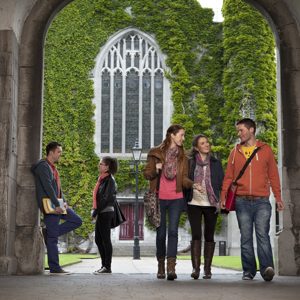
Courses
Choosing a course is one of the most important decisions you'll ever make! View our courses and see what our students and lecturers have to say about the courses you are interested in at the links below.
-
University Life
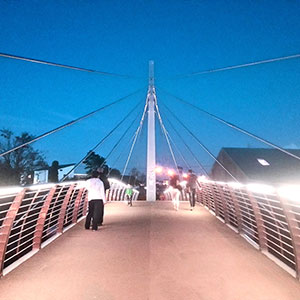
University Life
Each year more than 4,000 choose University of Galway as their University of choice. Find out what life at University of Galway is all about here.
-
About University of Galway
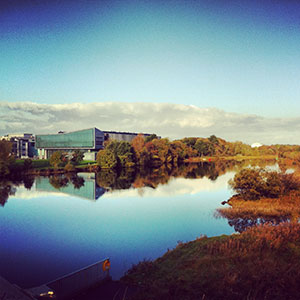
About University of Galway
Since 1845, University of Galway has been sharing the highest quality teaching and research with Ireland and the world. Find out what makes our University so special – from our distinguished history to the latest news and campus developments.
-
Colleges & Schools
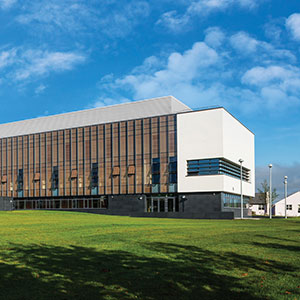
Colleges & Schools
University of Galway has earned international recognition as a research-led university with a commitment to top quality teaching across a range of key areas of expertise.
-
Research & Innovation
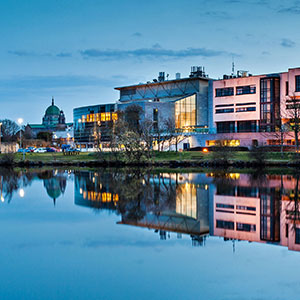
Research & Innovation
University of Galway’s vibrant research community take on some of the most pressing challenges of our times.
-
Business & Industry
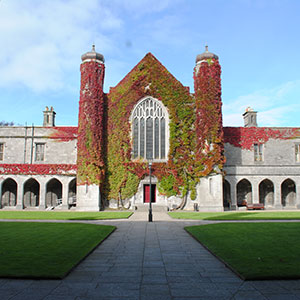
Guiding Breakthrough Research at University of Galway
We explore and facilitate commercial opportunities for the research community at University of Galway, as well as facilitating industry partnership.
-
Alumni & Friends
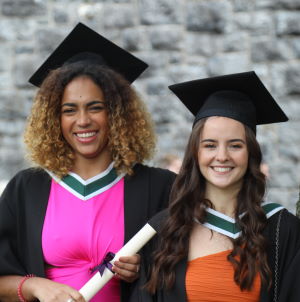
Alumni & Friends
There are 128,000 University of Galway alumni worldwide. Stay connected to your alumni community! Join our social networks and update your details online.
-
Community Engagement
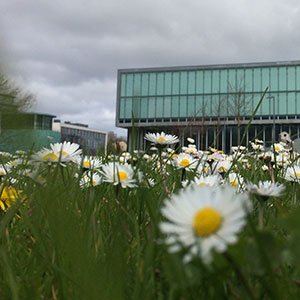
Community Engagement
At University of Galway, we believe that the best learning takes place when you apply what you learn in a real world context. That's why many of our courses include work placements or community projects.
DXA-MAP
DXA-MAP project
Big Data Driven, Patient-Centric, Outcomes Scoring Tool Linking Multimorbidity, Fracture, Hospitalisation and Death for Patients with Osteoporosis
The work arises from 2 HRB applications; the first started officially in Dec. 2021 (but it was really May 2022) - October 2024. The second one started in July 2024 - and is due to end in July 2026.
Participants: Me, Prof. John Carey, Dr. Lan Yang, Dr. Mary Fitzgerald, Dr. Erjiang E., Dr. Tina Wang, Dr. Bryan Whelan, Dr. Carmel Silke, Dr. Miriam O'Sullivan, Assoc. Prof. Mary Dempsey + others
Osteoporosis is a serious health issue that causes bones to become fragile and break easily, especially in older adults. These fractures can lead to pain, disability, reduced quality of life, and in many cases, early death. Yet in Ireland, like many countries, osteoporosis is often missed until a fracture occurs. Our research is helping to change that by improving how we identify, treat, and raise awareness of this condition.
Working with health centres in Galway, Sligo, and Leitrim, we produced the first national estimates of how common osteoporosis and serious fractures are among Irish adults over 50 years. Our findings show the problem is even more widespread than previously thought, particularly in older adults. This information is vital for shaping national health policy and planning services. We also showed that fractures linked to osteoporosis use more hospital bed days than heart disease, cancer, or flu—and they cost over €1 billion a year. That figure is expected to double by 2030. However, up to half of these fractures are preventable with better screening and timely treatment.
Every 3 seconds, an osteoporotic fracture occurs—just as quickly, our validated clinical tool can accurately (95% confidence) estimate the probability of osteoporosis. This tool can help with early detection. It’s fast, easy to use, and underpinned by clinical data. We validated it on Irish data and have shown that it could support more efficient and targeted screening. We are in the process of validating it on UK biobank data and data from other countries.
Beyond diagnosis, we’ve also looked at how to keep people with osteoporosis active and supported in managing their condition. We designed a set of augmented reality (AR) “exergames”—interactive physical exercises delivered through an AR headset linked to a body tracking camera. In a clinical trial with 41 older adults (aged 60-86y), those who used the AR system had better improvements in strength, flexibility, and pain than those who did regular exercises. The intervention participants self-reported that the technology made the therapy more engaging and easier to stick with.
We’ve also looked at the potential cost savings of smarter screening. Our economic modelling shows that using our tool could avoid over €100 million in unnecessary scans and treatments each year—while still making sure that people who need help get it early. It’s a win for patients and for the healthcare system.
Importantly, we’ve also brought this conversation to the public through Ireland’s first osteoporosis coffee mornings. These events give people a chance to learn about bone health and meet researchers, healthcare providers, and others affected by osteoporosis. They’ve also helped to bridge the gap between science and society.
In summary, our research combines clinical insight, smart technology, and community engagement to improve early detection, personalise screening, and enhance rehabilitation for people with osteoporosis. This interdisciplinary approach is helping to prevent fractures, reduce healthcare costs, and improve quality of life. By making bone health a national priority, we aim to create lasting impact across society, healthcare, and policy—ensuring no one is left behind in the prevention and treatment of osteoporosis.















